
A study published in the journal BioSciencesuggests that many amphibious species are at risk of extinction because they are failing to adapt to rapidly changing environments around the globe. The gloomy outlook, penned by Oregon State University (OSU) researchers, underscores how the erratic and slow process of evolution is simply not up to the job of providing our amphibious friends with the adaptations they need in order to survive in a time of complex and rapid global change.
“We know that there are various causes for amphibian population declines, including UV-B light exposure, habitat loss, pesticide pollution, infections and other issues,” said OSU’s Andrew Blaustein. “But looked at in a different way, it’s not just that there are threats and pressures amphibians have to deal with. There have always been threats, and these have been some of the most adaptive and successful vertebrate animals on Earth. They were around before the dinosaurs, have lived in periods with very different climates, and continued to thrive while many other species went extinct. But right now, they just can’t keep up.”
Depressingly, it’s generally recognized that amphibians are losing the battle to keep up. Of 5,743 known species of amphibians on Earth, 43 percent are in decline, 32 percent are threatened and 168 species are believed extinct. “Historically, amphibians were adept at evolving to deal with new conditions,” Blaustein explained. “What they are doing is showing us just how rapid and unprecedented are the environmental changes under way. Many other species will also be unable to evolve fast enough to deal with these changes. Because of their unique characteristics, the amphibians are just the first to go.”
The OSU team point out that evolution is not a precise or perfect process – it takes time, is constrained by historic changes and compromises, and does not always allow a species to adapt in a way that meets rapidly changing conditions. Through genetic variation and natural selection pressures, some species or populations will be able to adapt – while others fail and go extinct. Unfortunately, the systems developed over millions of years to give amphibians survival advantages have now turned against them. Blaustein cites how:
- Many amphibians lay their eggs in shallow, open water in direct sunlight to provide a more oxygenated environment, increase growth rate of larvae and reduce predation. But the increased levels of UV-B radiation in today’s sunlight, due to erosion of the Earth’s ozone layer, is causing mutations, impaired immune systems and slower growth rates. Through evolution, amphibians were able to adapt to changing UV-B levels in the past, but the current change has occurred too rapidly.
- Water supplies in the past were reasonably clean, but increased contamination of freshwater ponds due to modern fertilizers and waste from grazing animals has led to higher rates of parasite infections and chemical contamination.
- Many animal species lay their eggs communally or congregate socially, often to avoid predation or improve resource use. But global warming has caused higher levels of certain infectious diseases of some amphibians, and it spreads more easily in closely connected communities.
“Although relatively rapid evolution may occur within some amphibian populations when a novel threat arises, other threats may be too intense and too new for amphibians to cope with them,” Blaustein said. “Natural selection and species adaptation may, in time, allow amphibians to react to and recover from the new environmental insults – if they don’t go extinct first.”
Related articles:
Survival Of The Cutest
Going Gaga Over Gaia
Bow To Your Insect Overlords!

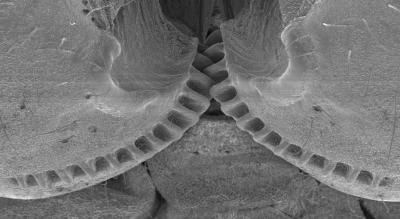






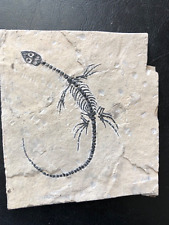


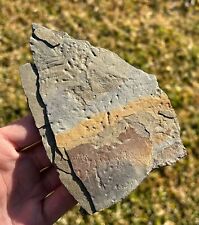
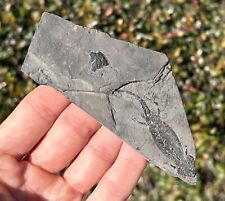
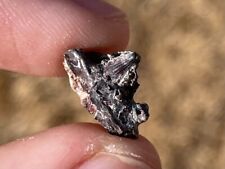
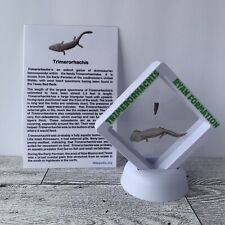

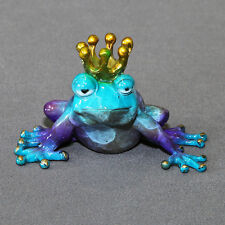

Comments are closed.